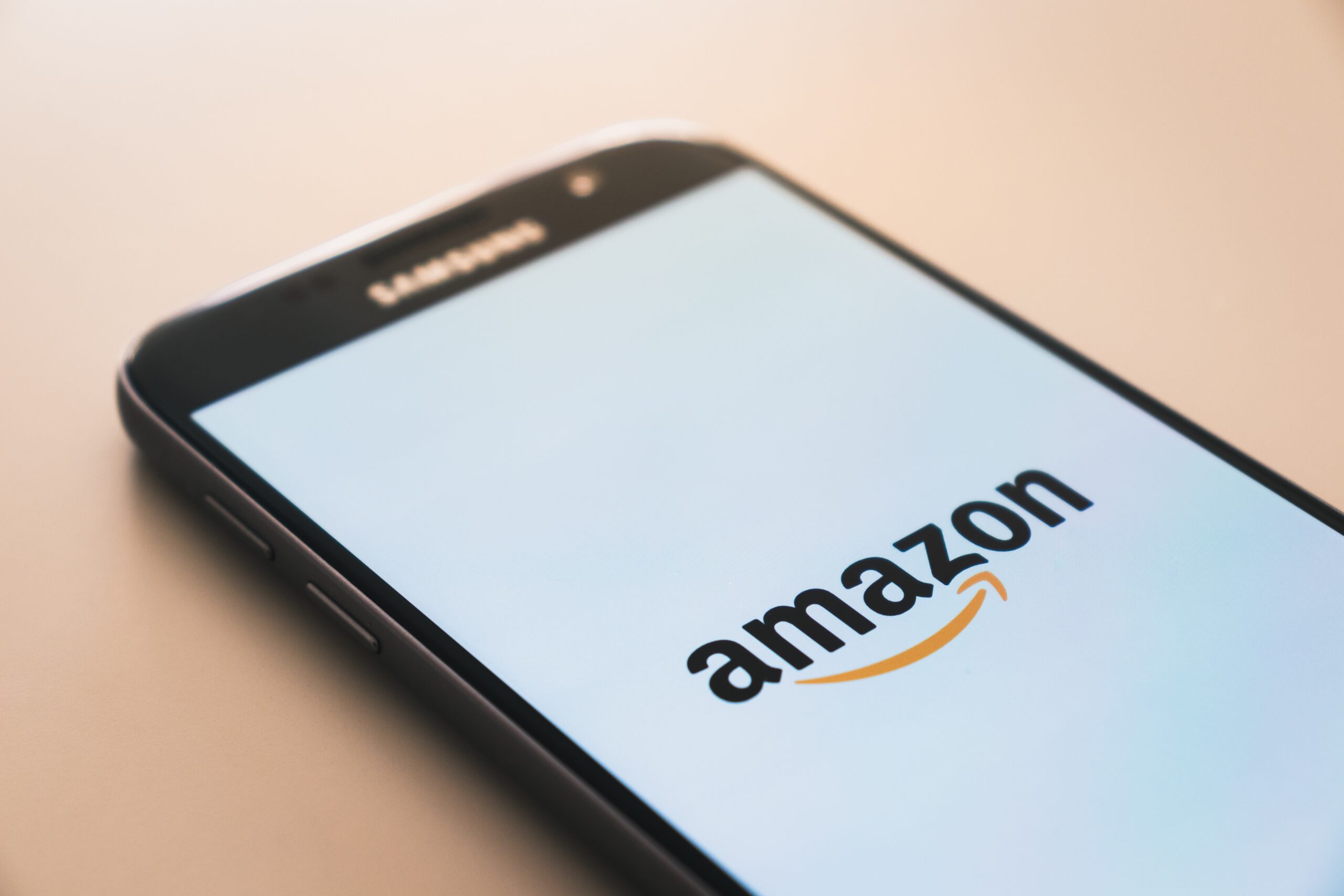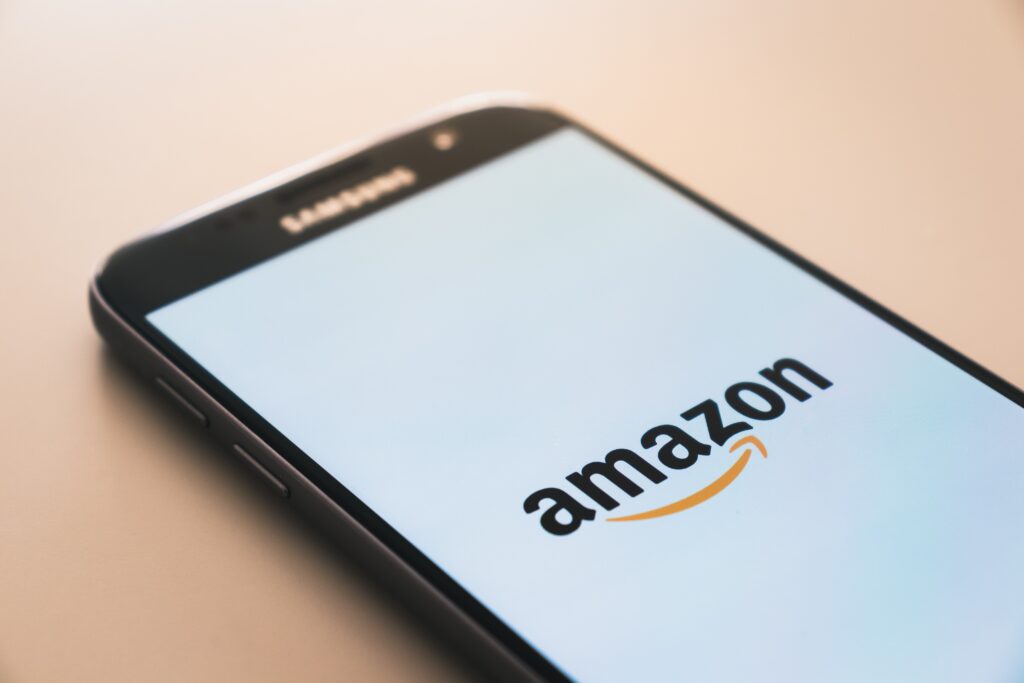Prime Day 2023: Four Essential Strategies for Success

Prime Day, Amazon’s made-up ecommerce holiday, is here again! Every year, Prime Day drives millions of shoppers to shell out their hard-earned cash for can’t-miss deals. Despite inflation running high and consumers holding their wallets tighter than ever, this year’s holiday — scheduled for July 11–12 — is likely to continue its streak as one of the biggest online shopping events of the year.
Here’s what you can expect to see, with four tips to make the most of Amazon’s retail holiday.
1. Discount or Lose
While unemployment has returned to pre-pandemic levels, the shock of lost income and high inflation throughout 2022 and early 2023 has left many Americans wary to spend. On Amazon, prices increased by about six percent in 2022, below the national average in the U.S., but still high enough to hurt consumer wallets.
Brands who don’t offer discounts could historically still drive sales growth from increased traffic alone, but this year brands should expect more dollars to shift to discounted products. With budgets getting tighter, consumers are expecting to see large discounts offered as brands fight to capture sales from an ever more frugal populace.
Tip: Consider offering deals on popular items to get consumers in the door. Ryobi, for example, offers discounts on their starter tool sets, which help lock consumers into their tool ecosystem. Accessory tools are almost never offered at a discount, resulting in strong new-customer acquisition and stable long-term revenue.
2. Think Outside the Amazon Box
Since its launch, Prime Day has quickly become a major revenue driver for ecommerce overall, even for brands that don’t sell on Amazon. In 2020, half of the top 100 online retailers offered sales during Amazon’s Prime Day event. While consumers continue flocking to Amazon, greater price sensitivity means that many are taking their shopping elsewhere and looking for deals wherever they can find them. Since Amazon fees and costs can eat into a retailer’s profits, consider selling products on your own website, at a steeper discount than what you would offer on Amazon itself. By passing some cost savings to the customer, brands can increase their own sales, draw traffic to their website, and boost brand visibility.
Tip: Expect to see increased ecommerce traffic across the web during Prime Day. If you’re an ecommerce brand selling on other marketplaces or on your own website, be prepared to offer deals there as well. Consider promoting key benefits not available on Amazon directly, such as discounted shipping for a limited time or the ability for consumers to view products in-person at your store.
3. Leverage Amazon Advertising
Google is king when it comes to search volume, but Amazon is often where consumers start their purchase journey — more than 63% of the time, to be exact. And Amazon is leveraging that behavior to grow its advertising business. A few years ago, most listings in Amazon’s search results were organic; advertised listings were available but not dominant. Today, it’s common to see organic listings pushed to the bottom with sponsored ads and product placements grabbing the top spots — and the most views. Amazon advertising can be incredibly effective for your brand, and never more so than during Prime Day.
Tip: Consider boosting your budgets and bids (by as much as 200%) to leverage Amazon’s various campaign types and maintain your brand’s recognition. Leverage Amazon’s budget insights to ensure top performing campaigns are fully funded throughout the holiday. While the bulk of your budget may be focused on Sponsored Products campaigns, Sponsored Brands campaigns can also help your brand get noticed. Also, try retargeting audiences to help bring potential customers back to purchase. Lastly, leverage Sponsored Display to showcase your deals both on and off Amazon, and to protect your product listings from encroaching competitors.
4. Avoid Disrupting Your Organic Traffic on Amazon
Organic listing placements may be fewer than in the past, but they’re still extremely important. Many brands try to test organic listing optimizations on Amazon during high traffic events like Prime Day. While well-intentioned, there’s a good reason to avoid this. These “optimizations” can confuse your brand’s message at a key time for sales, plus they can temporarily hurt your organic rank if you remove something that historically performs well.
If you’re looking to make changes, instead try adding new content alongside existing content, in the form of bullet points, imagery, or additional information in descriptions. That said, the reality is that any test of content during a high traffic time like Prime Day may be affected by naturally increased sales, skewing test results.
Tip: Save big tests and content optimizations for slower sale time periods, and let current listings do what they do best on Prime Day.
Key Takeaways
Prime Day 2023 will be a huge day for online shopping, but continued frugality — due to lingering effects of the pandemic and nationwide inflation — may hamper sales growth. To win, brands will need to pay to play: increase bids within Amazon advertising and offer clear, can’t-miss deals both on and off Amazon to remain competitive and to encourage new customer revenue growth. In addition, brands can recapture some profit margin by offering slightly better deals on their own websites, where possible, but expect the bulk of sales to come from Amazon proper. As always, ensure your products are retail-ready (full bullet points, descriptive titles, high-definition images, at least 5 reviews), and leverage a strong advertising strategy to drive new traffic to your listings.



